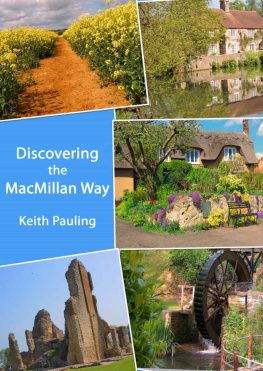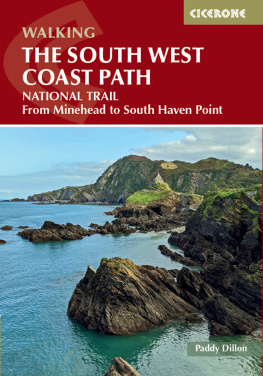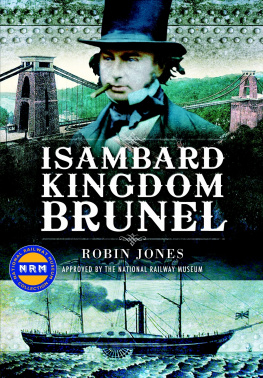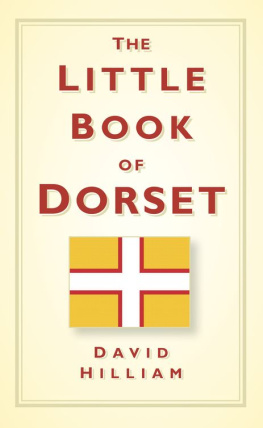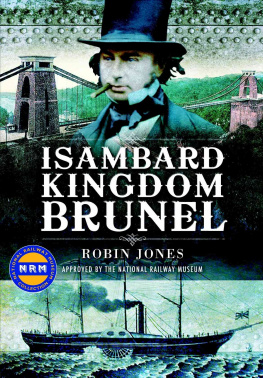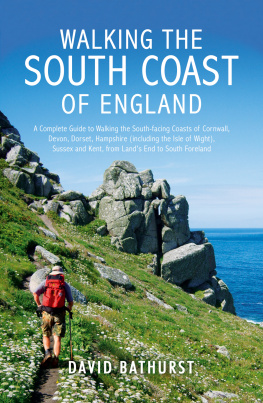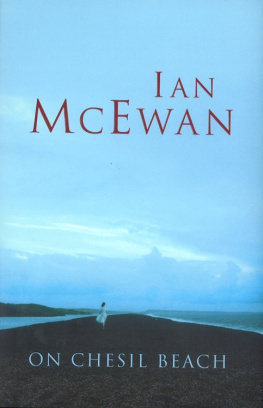INTRODUCTION
The 290 mile Macmillan Way is a long distance footpath that was developed to raise public awareness of the charity Macmillan Cancer Support. The charity provides much-needed support for those afflicted by this terrible illness and also general assistance for their families. In buying this book you have already made a donation to this most worthy cause.
This is my fourth long distance walk on my long-term mission to discover the joys of the British countryside. The Thames Path (180 miles), the Dales Way (84 miles) and the Cotswold Way (104 miles) have all been previously covered. The Macmillan Way will be the longest expedition yet at a distance of 290 miles. That is not counting all of the many diversions and distractions that will occur while I have a poke around at all of the interesting things that I stumble across on my journey.
The line of the MacMillan Way can be looked at in several different ways. In a simple map interpretation the path runs from around the middle of the east coast of England to the middle of the south coast. In so doing it cuts away the south east commuter-belt corner of the country.
Geologically speaking the route mostly follows a great ridge of oolitic limestone that passes through the middle of England. This sedimentary rock has some subtle differences in colour at different locations, but it can generally be considered to be of a toffee or honey tone. It is from this stone that the distinctive cottages of the Cotswolds are constructed. The complete Jurassic limestone belt starts in South Yorkshire and extends to the south coast.
On a scenic basis the full route of the Macmillan Way links a delightful series of quintessential English towns and villages. The Jurassic stone gives them a commonality, but each one has developed its own distinctive charms. The Georgian grandeur of Stamford, the tightly knit Cotswold market town of Stow-on-the-Wold and the bustling activity of Bradford on Avon provide different urban backdrops. When it comes to the smaller villages it is hard to know where to start. The delights of Lower Slaughter, Castle Combe and Abbotsbury are all well known, but there are equal delights waiting to be discovered in the relatively more obscure settlements of Ratley, Sherston and Yetminster among many others.
The Macmillan Way makes good use of several sections of other established long distance pathways. The Cleveland Way, Viking Way, Jurassic Way, DArcy Dalton Way, Leland Trail and Monarchs Way will all be utilised at some point. The Macmillan Way also connects to other major long-distance paths such as the Thames Path and the South West Coast Path.
I am going to encounter many long sections of unspoiled farmland. Starting off with the flat areas of the fens, the Macmillan Way will take me through many, many fields of arable crops and pastures. At times the ubiquitous oil seed rape will seem to be taking over the world. I will prove for myself you that you will never know how wet you can possibly become until you have waded through shoulder-high rapeseed immediately after a cloudburst. The farming landscape will change when I arrive at the upland areas of the Cotswold Hills, and then transform again into the great parkland estates of Gloucestershire and Wiltshire. Eventually the path will take me across the Dorset Downs, where the cattle and sheep graze contentedly on the rich grass pastures.
The MacMillan Way travels through many different types of woodland areas. At first, in the fenlands, the trees are sparse to non-existent. Anything much taller than a bush stands out for miles during the first few hours of the walk. Later on I will encounter long stretches of path that twist and turn underneath broadleaved overhanging branches. There are numerous secret hidden sunken pathways in the woods. Some are a sheer pleasure to walk through while others will thrust me into an energy-sapping struggle through ankle-deep glutinous goo. On reaching Gloucestershire the path passes through the woodland to end all woodlands in the form of the absolutely majestic National Arboretum at Westonbirt.
The rivers change in an odd way. They tend to become smaller as the path progresses. In the beginning there are the extremely wide fenland giants of the River Witham and the River Welland. These two behemoths are followed by the arrow-straight channel of the River Glen that carries water draining from the Northamptonshire hills. After this, with the exception of a couple of miles of the Bristol Avon the waterways are all very much smaller. They twist and dart through gaps in the hills on their way to join their kindred spirits that make up the larger southern rivers. The Macmillan Way keeps mostly to their upper reaches and allows them to continue with their downstream journeys in solitude.
With plenty of open countryside at its disposal there is an abundance of wildlife to be seen along the Macmillan Way. There are so many birds along the fens it is impossible to estimate just how many there must be. All the way along the pathway the surrounding trees and hedgerows are alive with birds and the air is constantly filled with their songs. At various points I come across badger sets, catch a quick glimpse of a fox and on one memorable occasion I am fortunate enough to spot a deer standing alone in a glade in the woods.
The Macmillan Way will take me through areas which are soaked in our history. I discover where King John allegedly lost the crown jewels in The Wash and look down on the battlefield of Edgehill which marked the start of the treacherous blood-bath that was the English Civil War.
Early man makes a welcome and mysterious contribution too. From the ancient burial mounds to the haunting imagery of the Rollright Stones these mysterious landmarks cause me to ask many questions about the lives of our ancestors and their ways of seeing the world.
The Roman occupation is encountered many times. My travels take in the splendid excavated Roman Villa at Chedworth and the old Roman town now known as Cirencester. At frequent intervals the path both travels along and crosses several ancient Roman roads.
After the Romans left our shores the country slowly emerged from the Dark Ages and gave us the early Saxon settlements. The creation of the Godwin dynasty could have taught the Kennedys a thing or two, or at least it could have done until it all came crashing down around them at Hastings with Harold on the receiving end of an eyeful of arrow. Other notable Saxons also cast their influence on the area and they will pop up from time to time. On a wide open hill in Somerset I will look around in awe and contemplate that I may truly be standing in the centre of ancient Camelot.
I will also be taking a look at some of the men and women who influenced the world that we currently live in. Where would we be today if it were not for the great statesmen, the writers, musicians and engineers? Their ingenuity and foresight has made a massive contribution to many things in our everyday lives that we all too often take for granted. On a pedestal high above them all stands the unparalleled genius that was the great Isambard Kingdom Brunel.

